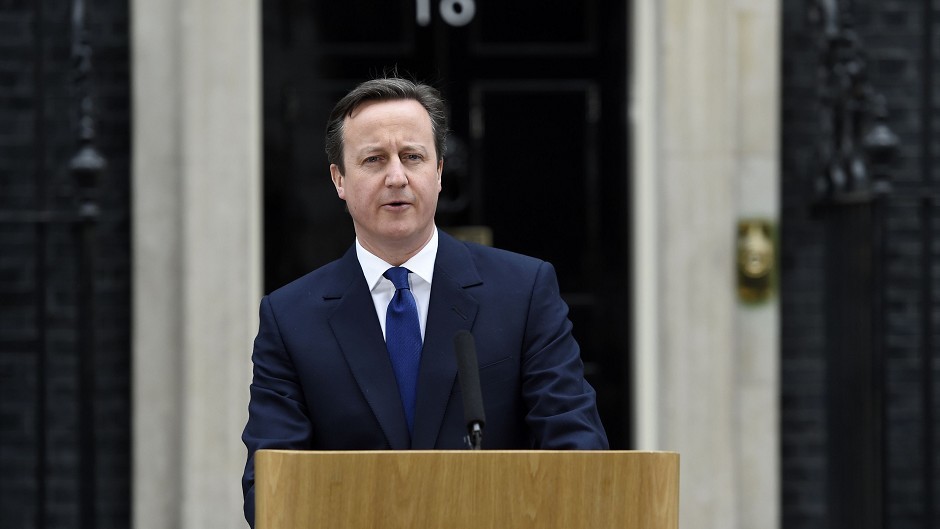The starting gun was officially fired on the race to 10 Downing Street today as parliament was dissolved and formal campaigning got under way in the most unpredictable election in recent memory.
David Cameron was first out of the blocks on a frenetic day, launching his opening salvo immediately after returning from telling the Queen of the dissolution of parliament at Buckingham Palace.
The Conservative leader took the unusual step amid the formalities of name-checking Labour’s Ed Miliband three times as he warned the country faced a “stark choice” when the polls open in 37 days.
He claimed a Labour victory would result in tax rises of more than £3,000 for every working family, but the move appeared to quickly backfire as the respected Institute of Fiscal Studies think-tank branded it a “made-up figure”.
Mr Miliband spent the morning attempting to shore-up the party’s credentials with the business community, warning in a speech that Tory plans for a referendum on the UK’s EU membership represented a “a clear and present danger” to their interests.
However, he also stumbled after being forced to defend the use of quotes from six of Britain’s biggest business leaders to warn about the risks of leaving the EU.
The Labour leader faced a backlash for using the statements in a newspaper advert, as executives from firms such as Siemens UK insisted they did not want their remarks used to support the position of any political party.
Liberal Democrat leader Nick Clegg – who followed Mr Cameron to Buckingham Palace in his role as president of the Privy Council – predicted another hung parliament.
“It’s my view that the era of single-party government is over in British politics,” he said, while warning that Britain was at risk from a “lurch to the left or the right” under a Labour or Tory majority administration.
Amid SNP hopes for massive gains at the election, party leader Nicola Sturgeon said she would aim to join other progressive parties at Westminster to “work for the common good” across the UK.
The first minister yesterday joined activists campaigning in the east end of Glasgow following the SNP conference in the city over the weekend, where she had vowed to “shake up the Westminster establishment”.
UKIP leader Nigel Farage unveiled his party’s “pledge to Britain”, which included saying no to the EU, controlling the country’s borders, an extra £3billion for the NHS, cuts in foreign aid spending and no tax on the minimum wage.
A new UK poll by the Tory peer Lord Ashcroft yesterday put support for the Conservatives on 36%, Labour on 34%, UKIP on 10%, the Greens on 7% and the Lib Dems on 6%.
